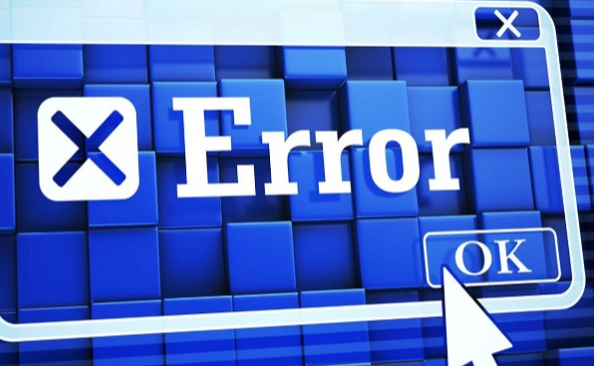
Introduction:
In the realm of software development, encountering errors is inevitable. One such error that developers often grapple with is the errordomain=nscocoaerrordomain&errormessage=找不到指定的捷徑。&errorcode=4. This error translates to “Shortcut Not Found” and can pose challenges in the seamless functioning of applications. In this article, we’ll delve into the intricacies of this error, its potential causes, and effective strategies to resolve it.
Understanding NSCocoa errordomain=nscocoaerrordomain&errormessage=找不到指定的捷徑。&errorcode=4:
NSCocoa errordomain=nscocoaerrordomain&errormessage=找不到指定的捷徑。&errorcode=4 is a domain within the Cocoa error handling framework on macOS and iOS. When applications encounter issues related to file management, this error domain is commonly used to signal problems. Error code 4 specifically points to a situation where a specified shortcut cannot be located.
Common Causes of Error Code 4:
Missing Shortcut Files: One of the primary reasons for this error is the absence of the specified shortcut files. This could occur due to accidental deletion, corruption, or an incomplete installation.
Incorrect File Paths: Incorrectly configured file paths in the application’s code can lead to the inability to locate shortcuts. Developers should carefully review and validate file paths to ensure accuracy.
Permission Issues: In some cases, the application may lack the necessary permissions to access the shortcut or the directory containing it. Verifying and adjusting file permissions can often resolve this issue.
Outdated Software: Using outdated libraries or software components might introduce compatibility issues, resulting in the NSCocoaErrorDomain error. Ensuring all software components are up-to-date is crucial for a smooth operation.
Resolving NSCocoaErrorDomain: Error Code 4:
Check Shortcut Existence: Verify that the specified shortcut files exist in the designated location. If not, reinstalling or restoring the missing files should address the issue.
Review File Paths: Examine the code responsible for handling shortcuts and confirm that file paths are correctly defined. Adjustments may be necessary if discrepancies are identified.
Adjust Permissions: Ensure that the application has the necessary read/write permissions for the shortcut files and directories. Adjustments can be made using the appropriate file system permissions.
Update Dependencies: Keep all software components, including libraries and frameworks, up-to-date. This helps prevent compatibility issues that may lead to the NSCocoaErrorDomain error.
Conclusion
Effectively addressing the NSCocoa errordomain=nscocoaerrordomain&errormessage=找不到指定的捷徑。&errorcode=4 with error code 4 is crucial for maintaining the optimal performance of macOS and iOS applications. By understanding the potential causes and following the recommended resolutions outlined in this article, developers can navigate through this error and ensure a seamless user experience. Remember to regularly review and update your codebase to prevent such issues from arising in the future.
FAQs
Q1: What does NSCocoaErrorDomain signify?
A1: NSCocoaErrorDomain is a domain within the Cocoa error handling framework used in macOS and iOS development. It is commonly employed to indicate errors related to file handling and other Cocoa-specific functionalities.
Q2: What does error code 4 in NSCocoaErrorDomain mean?
A2: Error code 4 in NSCocoaErrorDomain translates to “找不到指定的捷徑” or “Shortcut Not Found.” This error occurs when the application is unable to locate the specified shortcut, leading to disruptions in normal operation.
Q3: How can I determine the cause of NSCocoaErrorDomain with error code 4?
A3: Identifying the cause involves examining potential issues such as missing shortcut files, incorrect file paths, permission problems, or outdated software. Thoroughly reviewing the application’s code and considering these factors will help pinpoint the root cause.
Q4: What steps can I take to resolve NSCocoaErrorDomain: Error Code 4?
A4:Check the existence of the specified shortcut files.
Review and correct any inaccuracies in file paths in the application’s code.
Verify and adjust file permissions to ensure the application can access the shortcut files.
Keep all software components, including libraries and frameworks, up-to-date to prevent compatibility issues.
Q5: Are there any preventive measures to avoid NSCocoaErrorDomain: Error Code 4?
A5: Regularly reviewing and updating your codebase, maintaining accurate file paths, implementing robust file management practices, and staying current with software updates can significantly reduce the likelihood of encountering NSCocoaErrorDomain with error code 4.
Q6: Can I handle NSCocoaErrorDomain errors programmatically in my application?
A6: Yes, developers can implement error-handling mechanisms in their code to gracefully manage NSCocoaErrorDomain errors. This may include displaying informative error messages to users or logging details for developers to investigate further.
